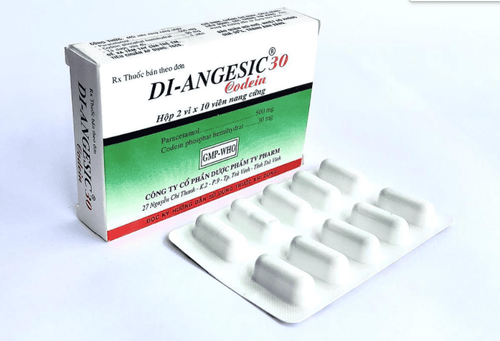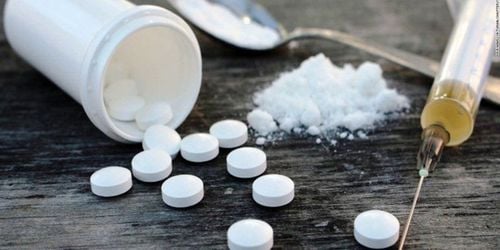This is an automatically translated article.
The article was written by BSCK I Tran Ngoc Thuy Hang, Emergency Department, Vinmec Central Park International General HospitalSevere acute respiratory syndrome is a condition of lung damage that results in diffuse alveolar damage. Lung damage causes excessive fluid accumulation in the interstitial and alveolar tissues. As a result, there is a decrease in gas exchange, a decrease in pulmonary compliance, and an increase in pulmonary arterial pressure.
1. What is Acute Respiratory Distress Syndrome (ARDS)?
Severe acute respiratory syndrome is a diffuse, acute form of lung injury associated with many different causes such as pneumonia, sepsis, aspiration pneumonia, multiple trauma, . . . .
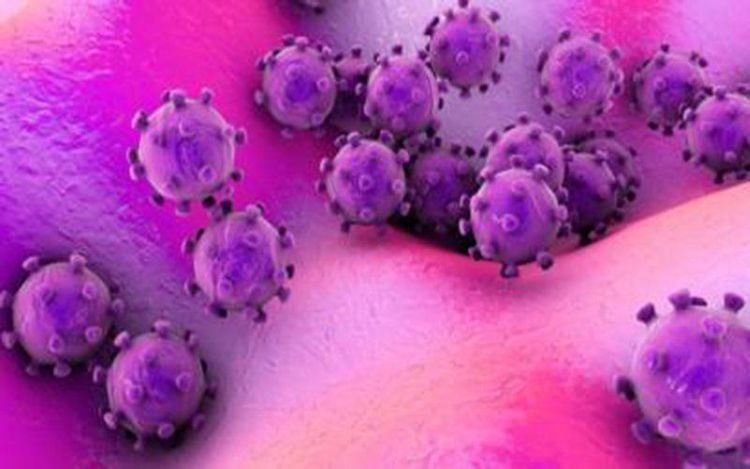
Viêm phổi có thể là nguyên nhân gây ra hội chứng nguy kịch hô hấp cấp
2. Pathology of ARDS
Healthy lungs will regulate to maintain a small amount of fluid in the interstitial and alveolar tissues by balancing hydrostatic and oncotic pressure with three mechanisms:
Maintenance of intravascular proteins to maintain oncotic pressure tendency to reabsorb fluid into the capillaries; Lymphatic vessels in the interstitial tissue absorb fluid into the circulatory system; The tight junction of the alveolar epithelial cells limits the leakage of fluid into the alveoli. Damaged lungs will disrupt this regulatory mechanism, causing excessive fluid accumulation in the interstitial and alveolar tissues. As a result, there is a decrease in gas exchange, a decrease in pulmonary compliance, and an increase in pulmonary arterial pressure.
Severe acute respiratory syndrome is a condition of lung damage that results in diffuse alveolar damage. These injuries induce the release of proinflammatory cytokines such as tumor necrosis factor- receptor , interleukin (IL)-1, IL-6, and IL-8 which mobilizes neutrophils to the lung, and activates and releases the chemical mediator. toxicity. This results in damage to the alveolar epithelial cells as well as the pulmonary capillary endothelium. Leads to disruption of fluid regulation mechanisms, causing imbalance of hydrostatic pressure and colloidal pressure. The result is an excess of interstitial fluid along with damage to alveolar epithelial cells, causing alveoli to fill with blood, edematous protein and cellular debris, and loss of surfactanic function. function, the alveoli collapse.
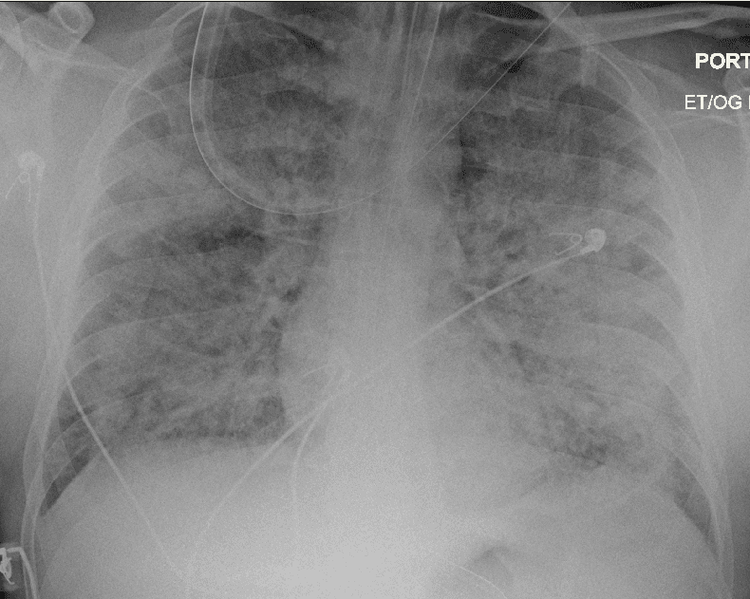
Hình ảnh X-quang của bệnh nhân mắc hội chứng nguy kịch hô hấp cấp
3. Causes
There are more than 60 causes of acute respiratory distress syndrome such as:
Sepsis, aspiration pneumonia, pneumonia, severe trauma, multi-bone fracture, lung contusion, burns, asphyxia, blood transfusion related lung injury, massive blood transfusion, hematopoietic stem cell transplant, acute pancreatitis, thoracic surgery, drug and chemotherapy, . . . . .
4. ARDS . Stages
Severe respiratory syndrome has 03 stages:
Early exudative phase: first 7-10 days Fibroproliferative phase: lasts 2-3 weeks. Fibrofibrosis phase.
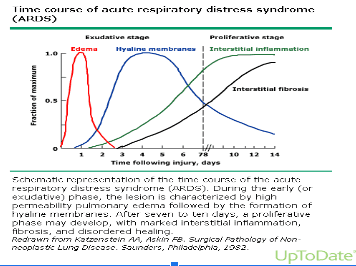
Các giai đoạn ARDS
You should go to reputable medical facilities for the best treatment. Vinmec International General Hospital is a high-quality medical facility in Vietnam with a team of highly qualified medical professionals, well-trained, domestic and foreign, and experienced.
A system of modern and advanced medical equipment, possessing many of the best machines in the world, helping to detect many difficult and dangerous diseases in a short time, supporting the diagnosis and treatment of doctors the most effective. The hospital space is designed according to 5-star hotel standards, giving patients comfort, friendliness and peace of mind.
Please dial HOTLINE for more information or register for an appointment HERE. Download MyVinmec app to make appointments faster and to manage your bookings easily.






